Exploration of the Focus on the Front and Back Panels of Pants (Crotch Seam)
This is a part of a normal pants pattern.
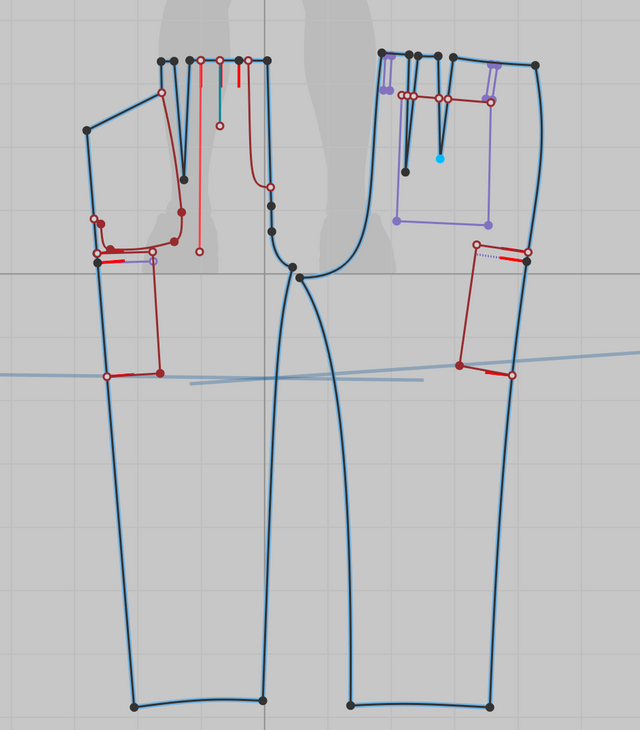
The 3D image shows how this pants pattern looks when worn on a virtual model.
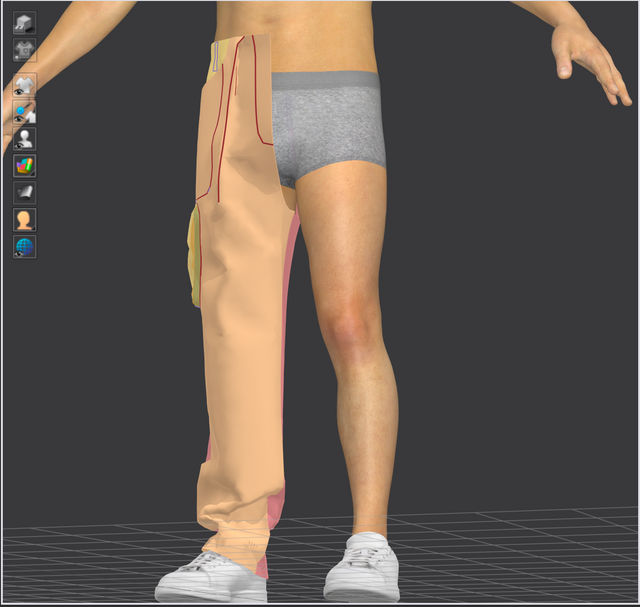
When we design and sew pants in our daily work, have you ever wondered: why is the intersection point of the front and back panels always positioned below the perineum? When I was learning how to draft pants patterns in school, I followed fixed formulas to calculate the crotch depth, the front crotch curve measurements, and the back crotch curve measurements. But how were these formulas scientifically derived? What would happen if we adjusted this intersection point?
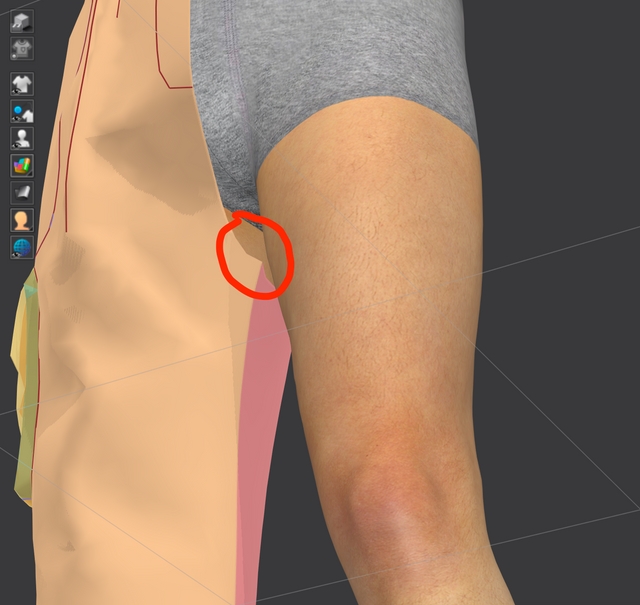
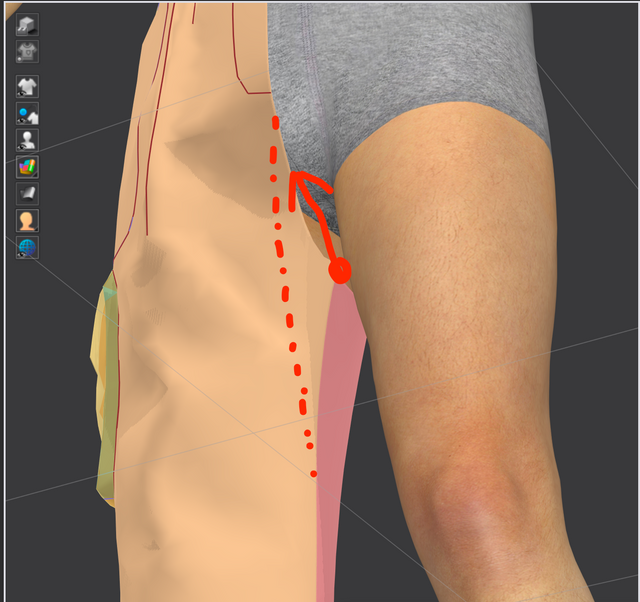
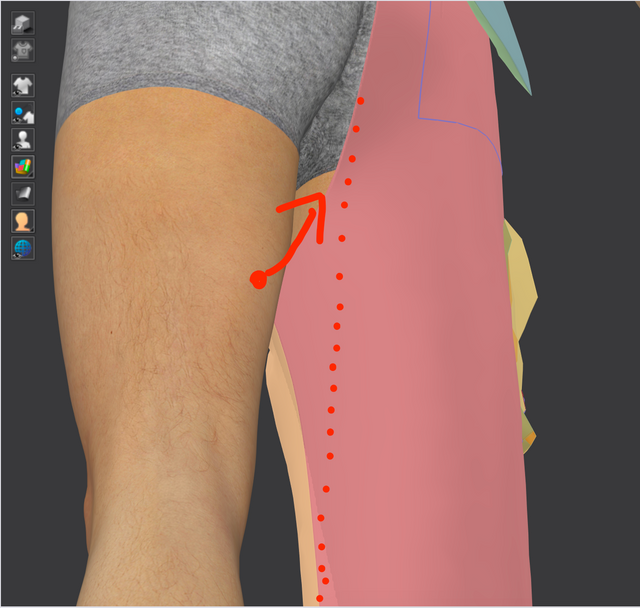
To find an answer, I consulted several friends who work as pattern designers or even pattern design directors at various clothing companies, each with over 20 years of experience—truly seasoned professionals! Despite that, none of them could give me a definitive answer. Instead, they looked at me like I was a "weirdo," and their only thought was: "Why do you have such a strange idea?" Haha! So, I used 3D pattern-making software to create the design, using my own body measurements, and finally, I sewed the pants and conducted a real wear test.
If the intersection point is moved forward, the pants become very suitable for walking, running, and lifting the legs. Structurally, it fully accommodates the forward motion of the legs. Therefore, when designing unconventional pants like athletic pants or hiking pants, you can consider moving this intersection point forward accordingly.
My Telegram:Barnettzheng